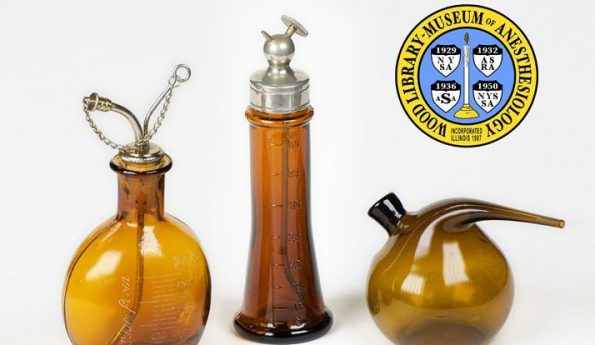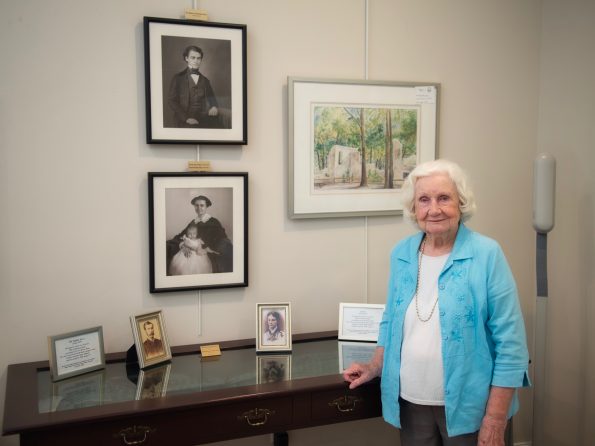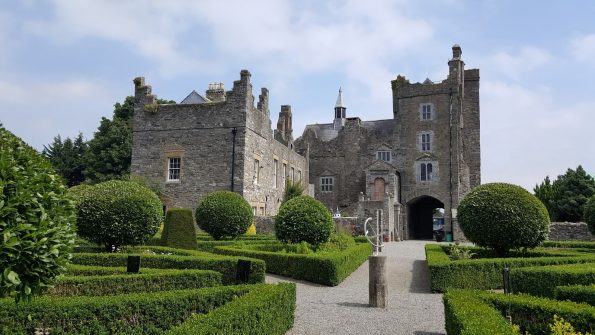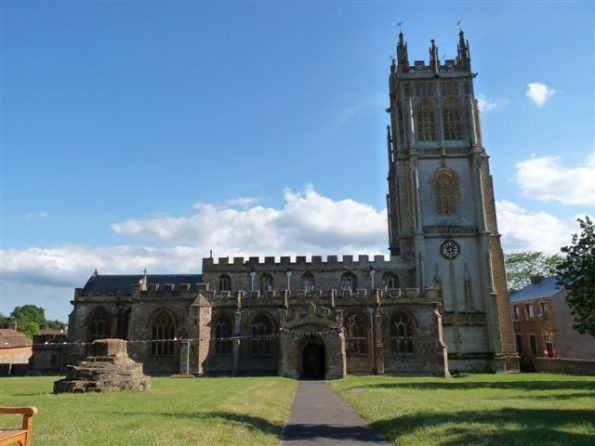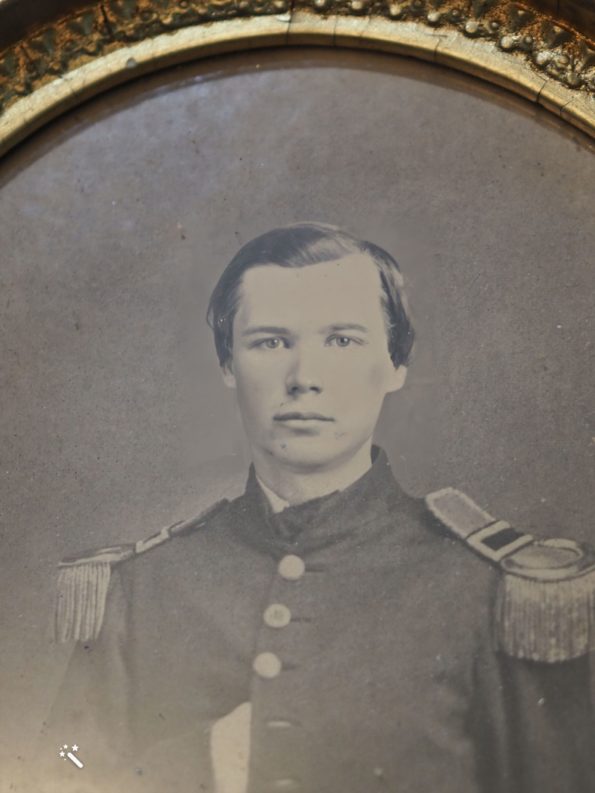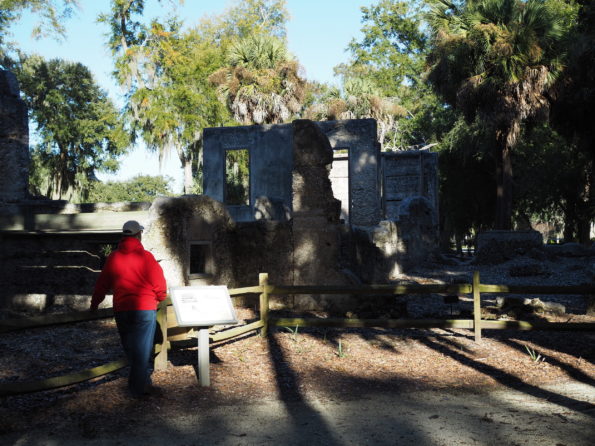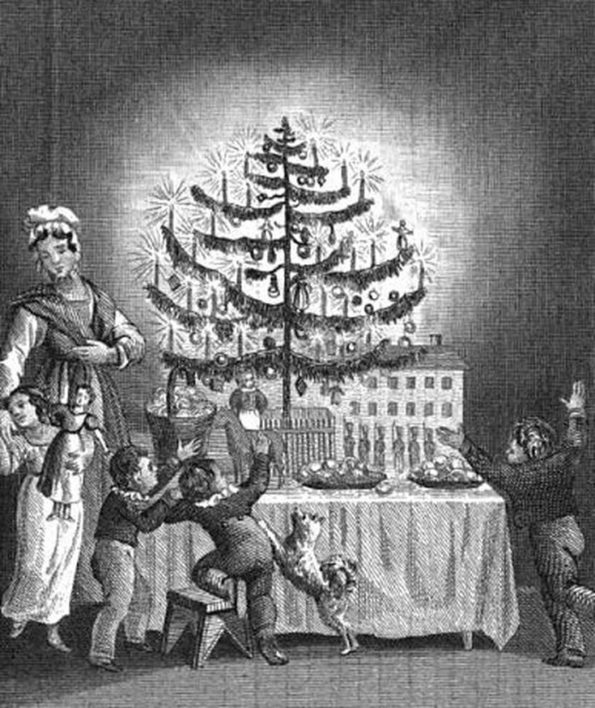Strong Women – Four Examples
Women’s History Month was ‘born’ in 1987, though its roots go back to 1911. So many Sams women, and we don’t know enough about them. It seems reasonable to assume they all were strong to survive the circumstances of their southern antebellum era. For most women, their role in the family in the 19th century was still defined by the husband [Hussung, 2015.]
Here are four particular women who persevered, even excelled, despite the challenges they encountered back then: Elizabeth Fripp Sams, Sarah Stanyarne Sams Sams, Ma Lilly, and Kate Gleason.



